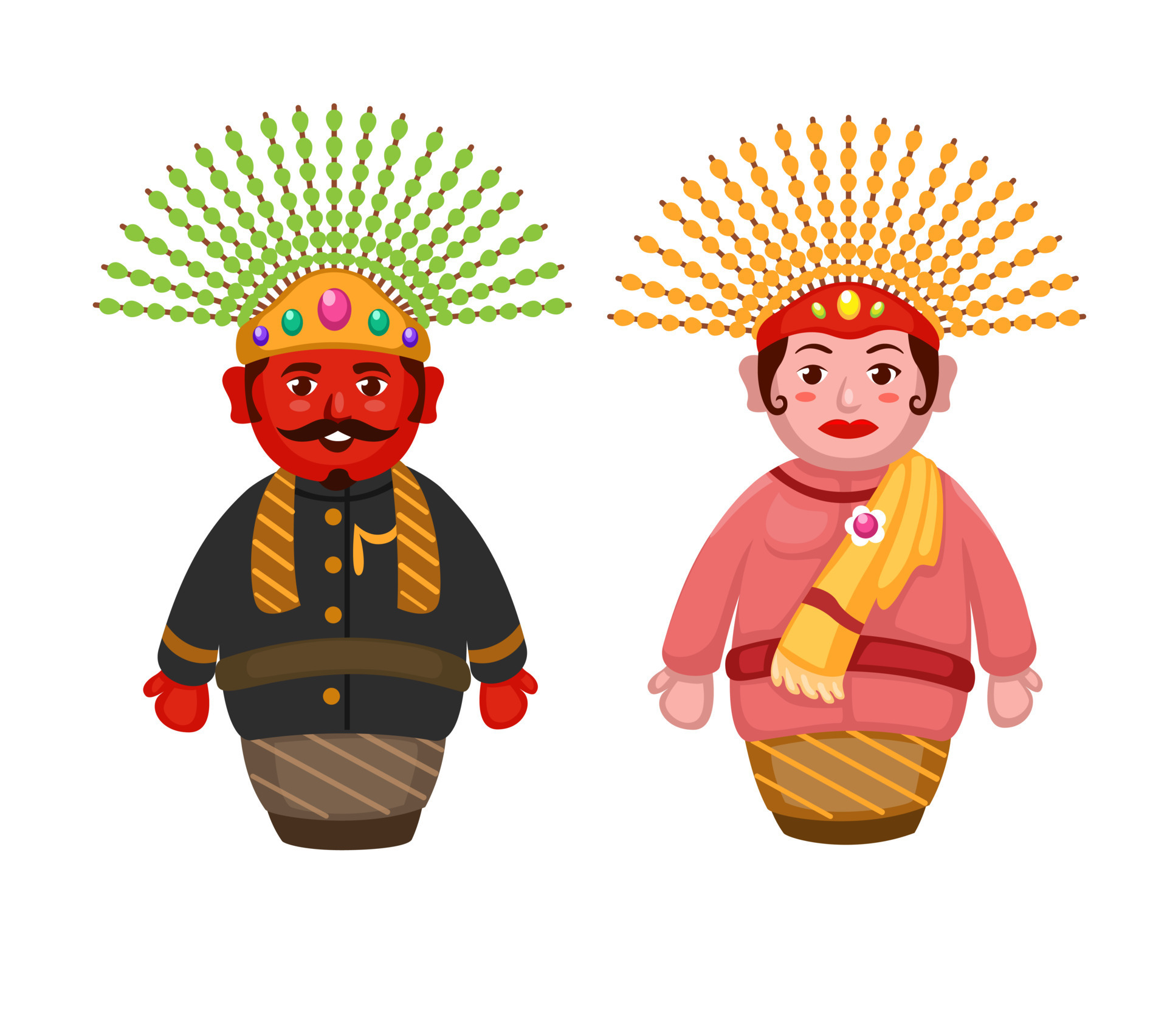This Traditional Indonesian Treat Has a Secret That Shocked Me!

Introduction
Indonesian cuisine is renowned for its vibrant flavors, aromatic spices, and tantalizing dishes. Among the many culinary delights that grace the archipelago, there lies a traditional treat that has captivated my taste buds and left me utterly astonished. Intrigued by its humble appearance yet tantalizing aroma, I embarked on a culinary adventure to uncover the secret behind this enigmatic treat. Prepare to be shocked as I reveal the unexpected revelation that left me in awe of Indonesian culinary ingenuity.
The Unveiling of a Culinary Enigma
At first glance, the treat resembles a simple fried dough, its golden-brown exterior hinting at a crispy texture. However, upon taking my first bite, I was met with an explosion of flavors that defied my expectations. The crispy shell gave way to a soft and fluffy interior, infused with a subtle sweetness that lingered on my palate. It was an experience that left me questioning my preconceived notions of Indonesian street food.
The Secret Ingredient

As I delved deeper into the culinary mystery, I discovered the secret ingredient that transformed this seemingly ordinary treat into an extraordinary delight. It was a humble vegetable, often overlooked in Western cuisine, but revered in Indonesian cooking for its unique flavor and health benefits: cassava.
Cassava, also known as yuca or manioc, is a root vegetable native to South America. It is a staple food in many tropical regions, prized for its high starch content and versatility. In Indonesia, cassava is used in a wide variety of dishes, from savory soups to sweet desserts.
The Culinary Alchemy of Cassava
In the hands of skilled Indonesian cooks, cassava undergoes a culinary transformation that is both ingenious and delicious. The root is peeled, grated, and then mixed with flour, sugar, and a touch of salt. This mixture is then fried in hot oil, creating the crispy exterior and fluffy interior that characterizes this treat.
The addition of cassava to the dough not only enhances its texture but also imparts a subtle sweetness and a hint of nuttiness. It is this unexpected combination of flavors and textures that makes this treat so addictive.

The Health Benefits of Cassava
Beyond its culinary appeal, cassava also boasts an impressive array of health benefits. It is a good source of dietary fiber, which promotes digestive health and helps regulate blood sugar levels. Cassava is also rich in vitamin C, an essential nutrient for immune function and skin health.
Additionally, cassava contains resistant starch, a type of starch that resists digestion in the small intestine. Resistant starch acts as a prebiotic, feeding the beneficial bacteria in your gut and promoting a healthy microbiome.
The Cultural Significance of Cassava
In Indonesia, cassava holds a special place in the culinary and cultural landscape. It is a versatile ingredient that can be used to create a wide range of dishes, from traditional snacks to festive delicacies. Cassava is also a symbol of resilience and adaptability, as it can thrive in a variety of climates and soil conditions.

Conclusion
The traditional Indonesian treat that initially caught my attention turned out to be a culinary revelation. The secret ingredient of cassava not only enhances its flavor and texture but also provides a wealth of health benefits. This humble vegetable has transformed a simple fried dough into a delectable treat that showcases the ingenuity and culinary prowess of Indonesian cuisine.
So, if you find yourself in Indonesia, be sure to seek out this traditional treat and experience the unexpected delight that awaits. And remember, the next time you see cassava, don’t underestimate its culinary potential. It is a versatile ingredient that can add a touch of Indonesian magic to your meals.


